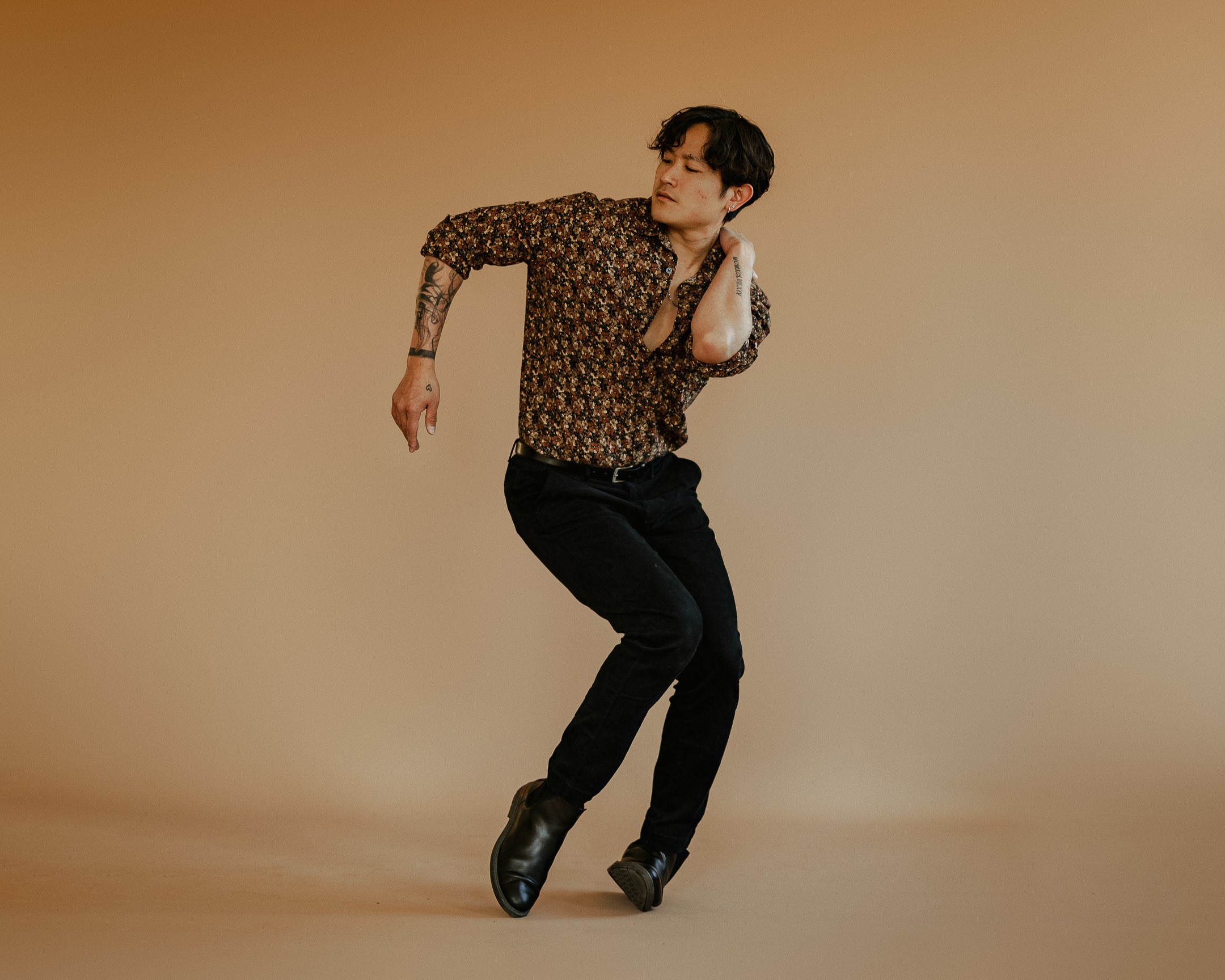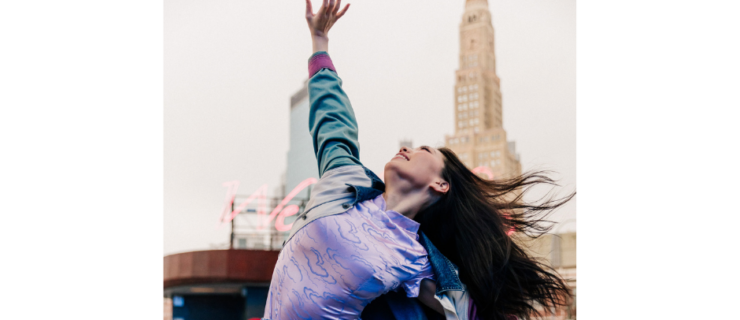Meeting Kenichi Kasamatsu, the Choreographer Turning Dance Brain-Teasers Into an Art Form
New York City–based choreographer Kenichi Kasamatsu has turned dance brain-teasers into an art form. Borrowing from hip hop, popping, house, contemporary, and other genres, he dissects established moves to uncover their intricacies and repackages them in unexpected patterns that require astonishing coordination. Though highly technical, his choreography never lacks feeling, resonating with global audiences through cinematic digital shorts, as well as with live audiences at his full-length shows.
Age: 31
Hometown: Bangkok, Thailand
Training: Cala Dance, Studio Zoom, Broadway Dance Center’s International Student Visa Program
Tricked into dancing: At 10 years old, Kasamatsu thought he was being treated to a shopping spree when his mom revealed that his new clothes were for a hip-hop class taking place in the mall that day. “I was so embarrassed, but I came out of it feeling like I was on top of the world,” he says. He continued taking the weekly class and supplemented it by teaching himself from YouTube videos.
Starting a studio: After high school, Kasamatsu founded Studio Zoom with his mom to address the scarcity of dance classes in Bangkok. Today, the in-person studio offers classes for all ages and skill levels, hosts workshops with international guest choreographers, and connects dancers with professional opportunities.
Going global: At 20 years old, Kasamatsu moved to New York City to pursue dance professionally, performing for artists such as Jennifer Lopez, Ne-Yo, Daddy Yankee, and Mark Ronson. He then pivoted his focus to teaching—at Peridance, Broadway Dance Center, and conventions—and choreographing, founding his troupe, akompany, in 2018.
Making moves and music: While creating his first full-length show, 2022’s one, two, three., Kasamatsu was dealing with a back injury. “I started recording my breath and other sounds to create a rhythm,” he says. Once in the studio, “we created phrases to the sounds I made and continued with movements that felt good given my body limitations. Then, it was a reverse process where I’d watch the videos and voice sounds to match the movement phrases we came up with.”
More than dance: Kasamatsu’s second full-length show, ka•zoku (2023), which means “family” in Japanese, reflects akompany’s mission “to connect with people on more than a dancer level, but on a human level,” he says.
Fighting burnout: “I’m passionate about film and photography, but they can be so closely tied to dance that they become part of the burnout,” he says. “So tennis is a big part of my de-burnout process. It really helps me mentally and physically.”
Putting it all together: “I see him as an entity, not just as a dancer, because he has his hands in so many different aspects of the entertainment industry,” says New York City–based choreographer Neil Schwartz, who taught Kasamatsu when he was a student at Broadway Dance Center and continues to serve as his mentor now that they are both on faculty there. “To see someone create their own lane and set trends that came from the depths of their brain is truly remarkable and a breath of fresh air.”
Looking forward: While Kasamatsu’s choreography is often complex, his vision for his career is simple: “My goal,” he says, “is to forever not love dance any less when I wake up the next day.”




